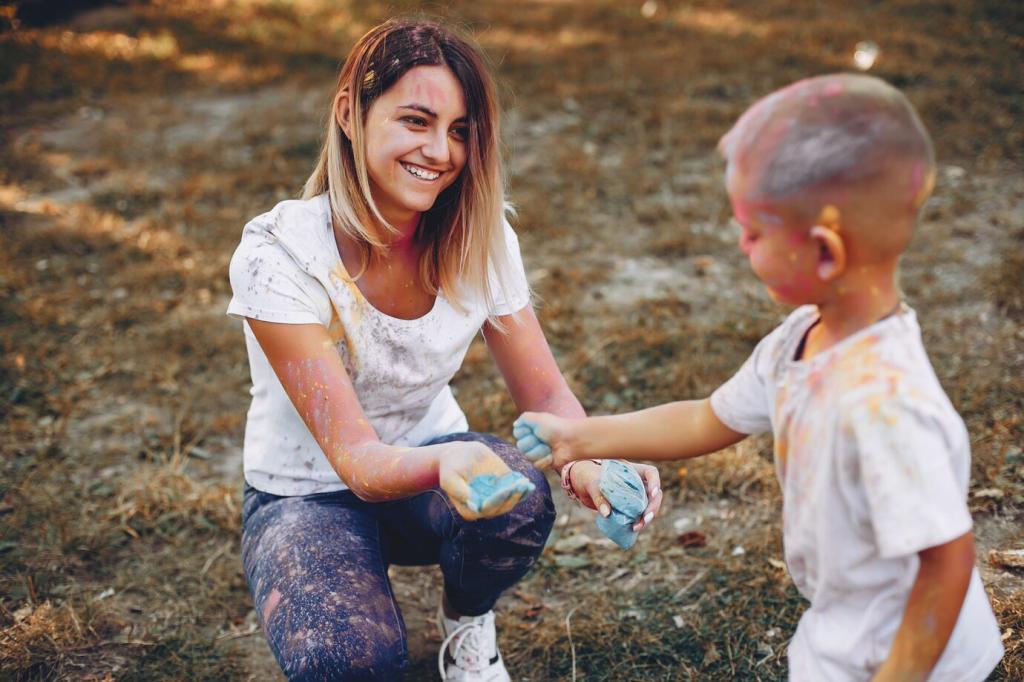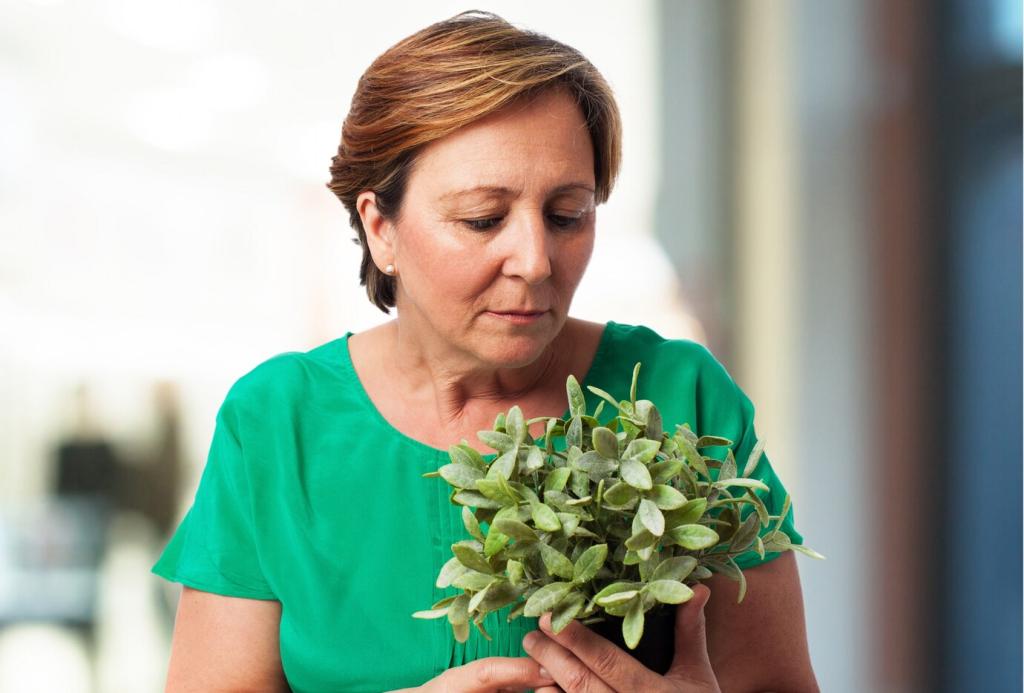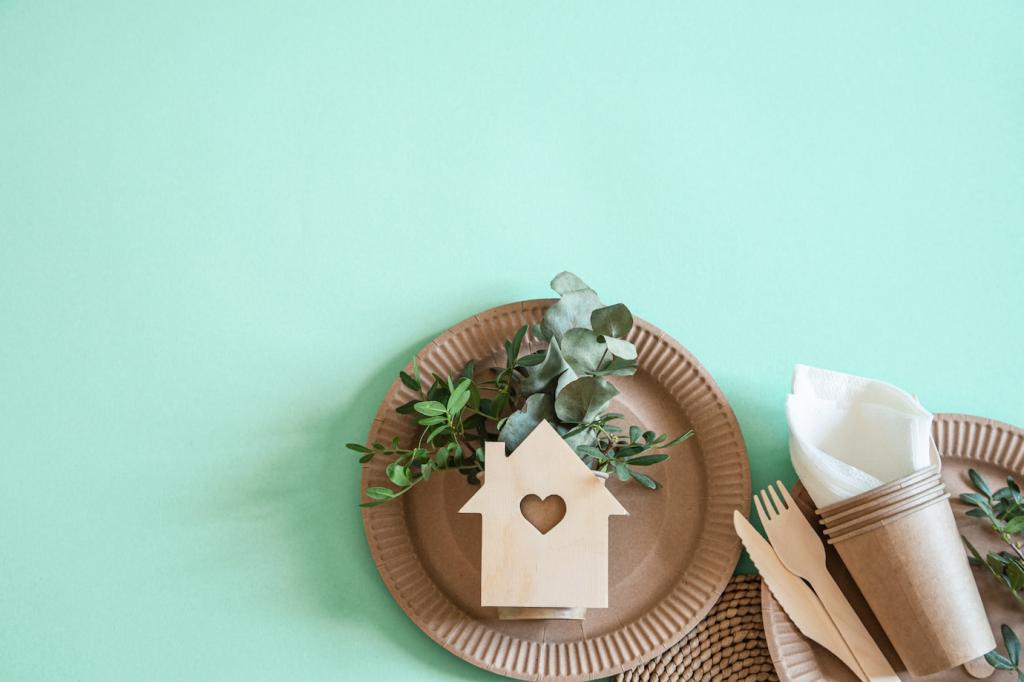
Make Your Home Shine the Natural Way: DIY Eco‑Friendly Furniture Care Products
Chosen theme: DIY Eco-Friendly Furniture Care Products. Welcome to a home care journey where plant-based ingredients, simple recipes, and thoughtful routines protect your favorite pieces—and the planet. Learn, mix, and polish with confidence, then share your wins with our community.
Why Green Furniture Care Matters
Conventional polishes often rely on synthetic fragrances and solvents that add volatile organic compounds to indoor air. Gentle, DIY alternatives limit fumes while still cutting grime, so families, pets, and plants can breathe easier every time you clean.
Why Green Furniture Care Matters
Natural surfactants, soft oils, and waxes cushion wood fibers instead of stripping them. By balancing cleaning with conditioning, you preserve patina and reduce micro-scratches, helping heirloom pieces age gracefully rather than age prematurely through aggressive products.





Core Recipes You Can Trust
In a spray bottle, combine 1 cup distilled water, 1 teaspoon liquid castile soap, and 1 teaspoon white vinegar. Shake gently. Mist onto a microfiber cloth, not the surface, then wipe with the grain. Finish dry to prevent moisture from lingering.


Core Recipes You Can Trust
Mix 3 tablespoons jojoba oil with 6 drops lemon essential oil and 2 drops cedarwood. Dampen a soft cloth, apply sparingly, and buff until fingerprints vanish. A reader once revived a dull thrift‑store walnut table with this blend in a single evening.


Application Techniques for Every Finish
Apply cleaner to the cloth only, moving with the grain to avoid raising fibers. For nourishment, massage a drop of oil into dry areas, letting it drink in before buffing. Test edges first—unfinished wood darkens more quickly when conditioned.
Application Techniques for Every Finish
Use minimal moisture and light pressure to protect thin veneers and glossy coatings. A lightly damp microfiber lifts dust without swirl marks. Polish sparingly; too much oil can haze lacquer. If streaks appear, buff with a dry, clean cloth immediately.
Stain and Scratch First Aid
Water rings and heat marks
Place a clean cotton cloth over the mark and warm gently with a low iron for a few seconds, checking frequently. For stubborn rings, rub a tiny amount of jojoba, then buff. Avoid steam and patience pays—rushing can soften finishes and smear.


Grease, sticky residue, and crayon
Blend a mild paste: one part baking soda to two parts water. Rub softly with the grain until residue lifts, then wipe clean and dry. Citrus oil can help on tough spots, but go slowly to avoid softening aged varnish or shellac layers.
Sustainable Routines and Community

Labeling, dating, and shelf‑life
Mark every bottle with recipe, dilution, and mix date. Water‑based cleaners last one to three months; oils and waxes keep longer. Store away from heat and sunlight. If scent or texture changes, remix. Tell us how you organize your tidy refill station.

Zero‑waste tools and refills
Cut old cotton T‑shirts into polishing squares, designate color‑coded cloths, and wash without fabric softener to maintain absorbency. Buy ingredients in bulk and refill glass sprayers. You will notice fewer empties, less clutter, and a calmer cleaning ritual.

Your turn: share, subscribe, and suggest
Post a before‑and‑after from your latest rescue, or ask a question about a tricky finish. Subscribe for monthly recipes, seasonal care checklists, and reader spotlights. Suggest a piece you want us to tackle next, and we may feature your story.
